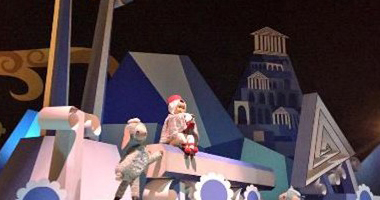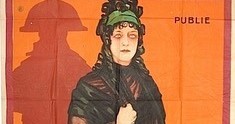
Image source:
How does Disney use ancient Greece and Rome to provide legitimacy in an artificially-created environment?
My project investigates the use of classical references and motifs in Disney theme parks, with particular attention given to the eight park locations in Orlando, Anaheim, and Paris.
The Walt Disney Company, a behemoth of the American corporate world, is clearly a major force in the imaginative world of entertainment and media. With regards to antiquity, the corporation functions as a crafter of visions of the Greek and Roman past, as is regularly noted in scholarship on Disney’s film portrayals of ancient mythology. Furthermore, attention has been given to the ways in which designers of Disney parks “imagineer” historical spaces. It is perhaps not unexpected to find examples of neo-classical architecture in the re-creation of a typical “main street” or other government-styled buildings found throughout the properties. What is more surprising are the small-scale references that appear within the details of the experiences offered to the guests who visit the parks. The use of Latin in a hotel’s motif, for example, serves to provide a sense of legitimacy by tapping into an age-old ‘untouchable’ tradition in an otherwise fully artificially-created environment, while the emphasis of ancient iconography in the Italy Pavilion functions to encourage the visitor to accept the authenticity of other objects on display. The ways that references to ancient Greece and Rome are used varies according to the cultural expectations of each park’s geographical location and its visitors.
